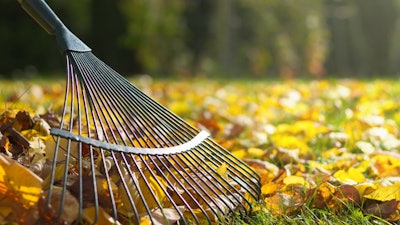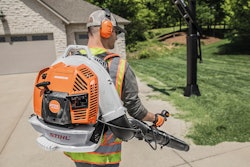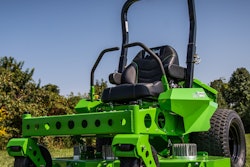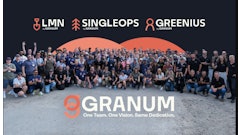
- NALP expresses interest in reducing emissions
- Says battery-powered equipment not ready for commercial use
The National Association of Landscape Professionals (NALP) has expressed its disappointment that the California Air Resources Board (CARB) is moving forward with regulations on off-road engine emissions.
A statement from NALP reads:
The California Air Resources Board (CARB) has approved the Proposed Amendments to the Small Off-Road Engine Regulations: Transition to Zero Emissions, which would ban the sale of all carbon-emitting landscape equipment beginning with model-year 2024.
Under a special exemption to the Clean Air Act, California can create its own regulations relating to emissions. No other state can do the same.
Though CARB has issued the regulations, the rules can’t take effect until the Environmental Protection Agency (EPA) approves the waiver, a process that can take many months to finalize.
The landscape industry shares Gov. Gavin Newsom and other California policymakers’ desire to reduce carbon emissions as quickly as possible. Still, we (NALP) are disappointed that CARB has decided to move forward with the 2024 timeline, despite the information presented by the landscape industry and other interested stakeholders that the battery-powered equipment currently on the market isn’t sufficient for high-volume commercial use.
By its own calculations, CARB could have allowed for a slightly longer transition, beginning in 2026, and still have achieved its targeted emission reduction goals. Currently, 85% of the gas-powered landscape equipment in California is used by residential customers; only 15% is commercial/professional grade.
NALP has advocated that CARB delay the transition for commercial users to allow time to get the electrical infrastructure in place, allow the equipment to advance and provide a longer transition time for businesses to adapt. They could have done this and still met its emission goals.
According to NALP, landscape professionals care deeply about the environment and work every day to manage invasive species, create landscapes that help manage storm-water run-off, mitigate the impact of natural disasters and fight climate change by caring for the grass, trees and plants that produce oxygen, sequester carbon and cool California’s towns and cities.
As a result, the industry needs equipment that can manage the demands of California’s green spaces.
The transition will be very costly for the 55,000 small landscape businesses in the state, according to NALP. The $30 million in appropriations that have been earmarked to support the transition is a good start; however, much more will be needed. The current funding level equals a $15 reimbursement for each piece of commercial landscape equipment currently in use – when new battery-powered mowers can cost over $20,000.
The industry will work with CARB, the California legislature, and the EPA to find ways to support the transition in the form of tax credits, rebates and education and training to help companies adopt new technologies that reduce emissions and help boost the climate-change fighting power of America’s green spaces.

![Doosan Bobcat Wacker Neuson Stack 2ec Js Pb V6e[1]](https://img.greenindustrypros.com/mindful/acbm/workspaces/default/uploads/2025/12/doosan-bobcat-wacker-neuson-stack2ecjspbv6e1.CPyyz8ubHn.png?auto=format%2Ccompress&bg=fff&fill-color=fff&fit=fill&h=100&q=70&w=100)








![Doosan Bobcat Wacker Neuson Stack 2ec Js Pb V6e[1]](https://img.greenindustrypros.com/mindful/acbm/workspaces/default/uploads/2025/12/doosan-bobcat-wacker-neuson-stack2ecjspbv6e1.CPyyz8ubHn.png?ar=16%3A9&auto=format%2Ccompress&bg=fff&fill-color=fff&fit=fill&h=135&q=70&w=240)








